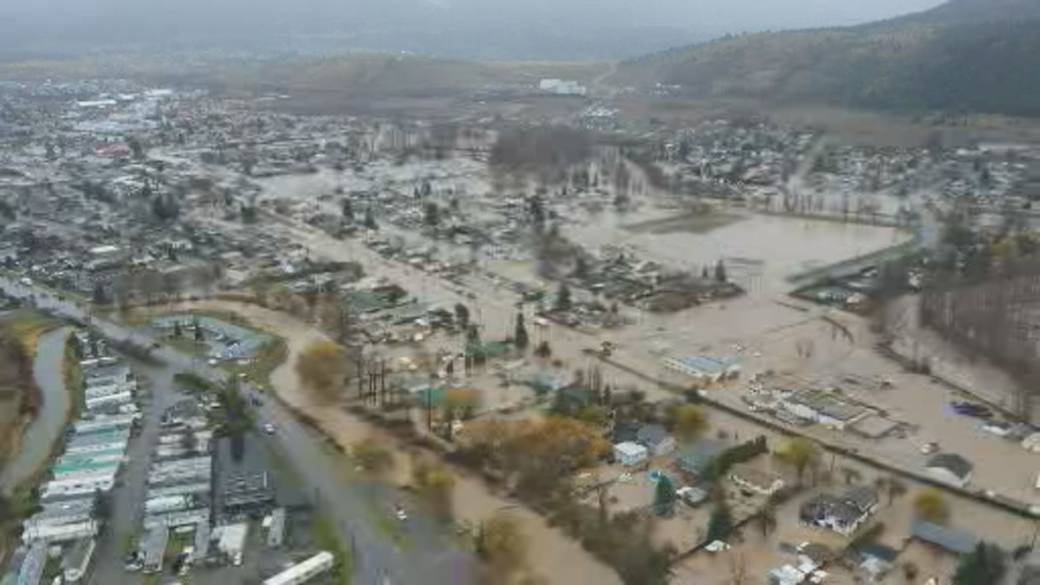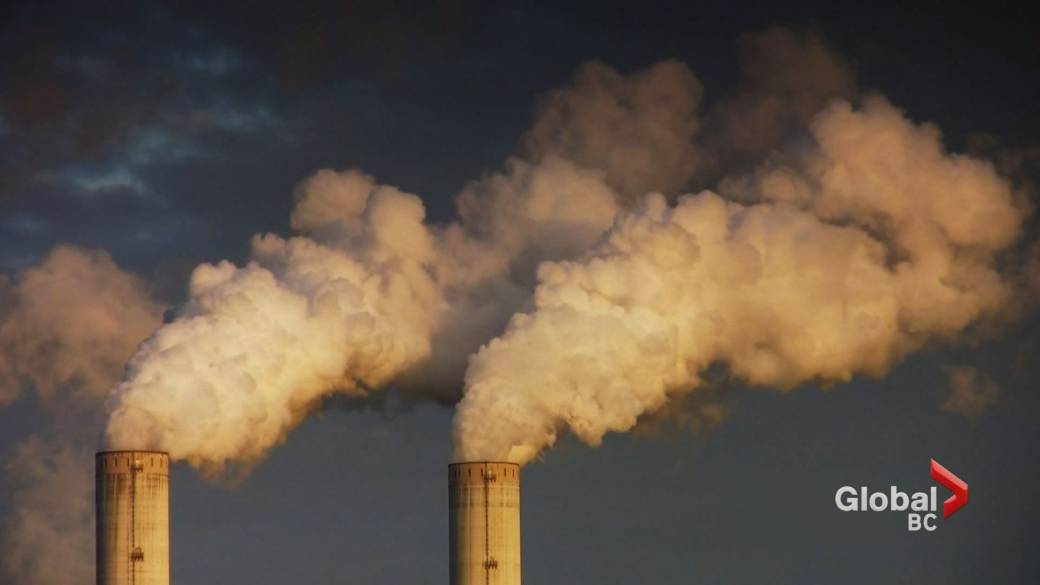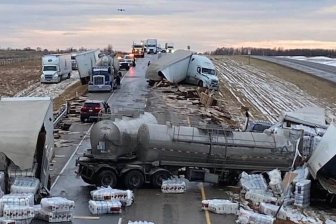New research suggests that the risk of extreme wildfire events is increasing worldwide, with some of the largest increases in western Canada.
The research, conducted by Natural Resources Canada and published Thursday in the journal Nature, says that rising temperatures and decreasing humidity are the main drivers of change.
Read more:
‘Code Red’: Climate change-related health problems are getting worse, reports say
“Our predictions of the future show those same trends,” said lead author Piyush Jain. “We can expect the fire weather to become more extreme.
“Future fires will burn longer and with greater intensity.”
Previous research found that fire seasons are lengthening, with an associated increase in the amount of forest burned. Jain and his colleagues wanted to see how the extreme fire hazard has changed.
They used a tool called the fire weather index, a numerical rating that uses temperature and precipitation information to rate the danger of a wildfire out of control.
Read more:
62% of Alberta’s wildfires were caused by humans in 2021
In Alberta, a fire weather index of 19 is considered very high. A fire lit in such conditions is likely to outweigh efforts to put it out.
During the years 1979 to 2020, that index for the interior of British Columbia rose between 10 and 20 points. Globally, the index has increased by an average of 14 percent.

Last summer, a stretch of very hot and dry weather pushed the fire danger in British Columbia into uncharted territory, what firefighters called “extremely extreme.” Soon after, the town of Lytton was wiped out when a fire started.
“Extreme fire weather has increased over large portions of the land,” Jain said. “There are particular areas where there are bigger trends, like western North America.”
The researchers found a strong correlation between extreme fire weather, temperature and humidity, which affects how dry forest fuels are.
Read more:
The Assiniboine Park Conservancy project aims to help protect polar bears from wildfires
“Most of the trends were explained by just those two trends,” Jain said. “It’s really just the fact that we have warm-up and dry-out events.”
He said those trends are in line with predictions made by climate models, which suggest the future will be warmer and drier.
“It just confirms that climate change is increasing fire times.”
Jain cautions that fires are also affected by other factors, such as land use.
The study of extreme fire weather events focuses attention on the wildfires that cause the most damage, Jain said. In Alberta, 97% of the damage caused by wildfires is caused by 3% of the fires.

Understanding where fire risk has increased the most could help firefighters plan for future fires, Jain said.
“It helps to know which areas are most affected by these increases in fire weather.”
© 2021 The Canadian Press
Reference-globalnews.ca

